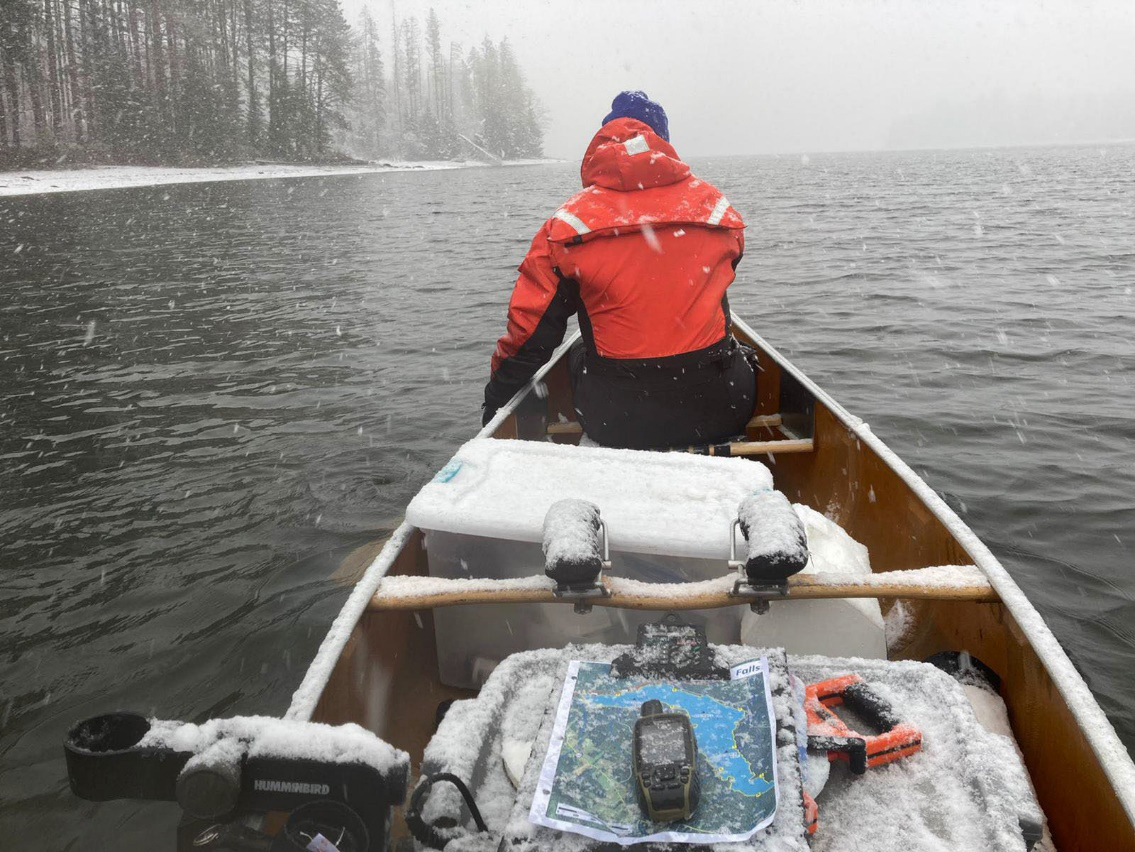As Vermonters patiently wait for spring temperatures, the Dept. of Environmental Conservation (DEC) invites the public to report when Vermont’s lakes and ponds lose their ice cover. Also known as the “ice-out date,” this date marks when lakes or ponds become ice-free from shore to shore. Tracking ice-out dates helps DEC scientists decide when to begin seasonal water quality sampling efforts.
“Keeping track of ice-out dates in Vermont helps us to better understand how climate change impacts our lakes and ponds,” said DEC Commissioner Jason Batchelder. “Our scientists can learn about and track statewide and regional climate trends by using these long-term records of lake ice.”
When ice covers lakes, the water below separates into layers based on temperature and density. When the surface ice fully melts in the spring, the heavy cold water sinks, and the water column fully mixes. Water samples collected at this time of mixing show the baseline amount of phosphorus a lake will have available to fuel algae and aquatic plant growth during the spring and summer.
“Since 1977, we have collected information on the spring water quality of lakes larger than 10 acres in size,” said Mark Mitchell, a limnologist with DEC and Lake Champlain Sea Grant. “Over those 48 years, we have seen trends of earlier lake ice-out dates across Vermont and New England, which can be a sign of climate change.”
Members of the public are encouraged to report lake ice observations using the DEC’s Lake Ice Reporting form.
Many lake communities around the state also hold ice-out contests, usually in the form of a raffle where the winners can receive prizes or cash.
For more information, visit: dec.vermont.gov/watershed/lakes-ponds.




